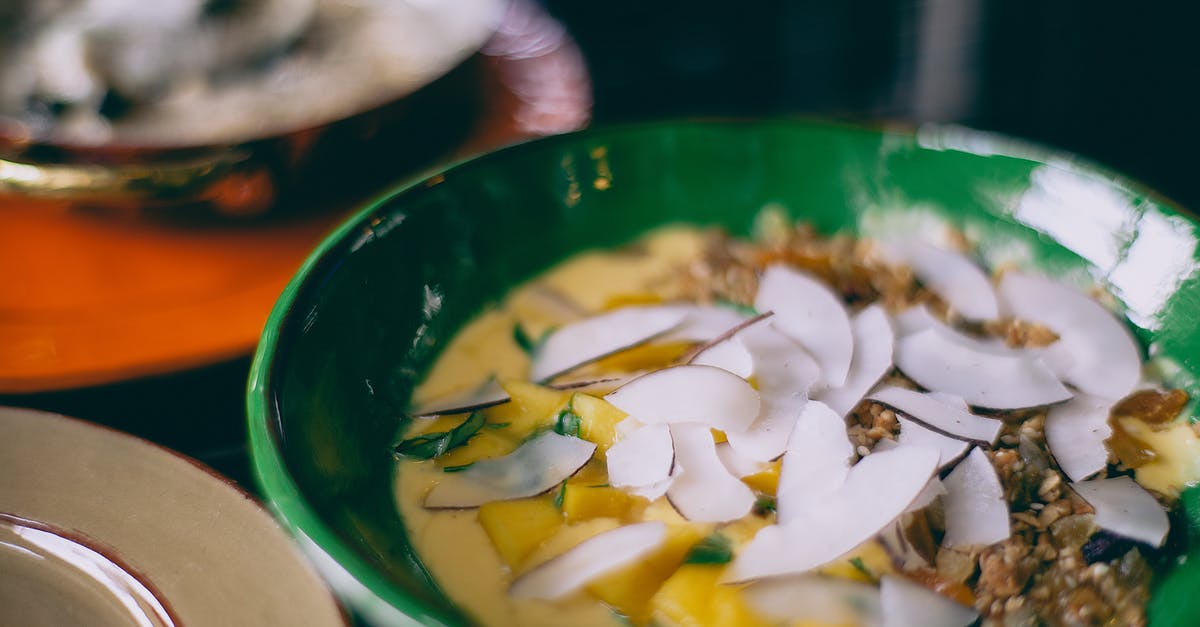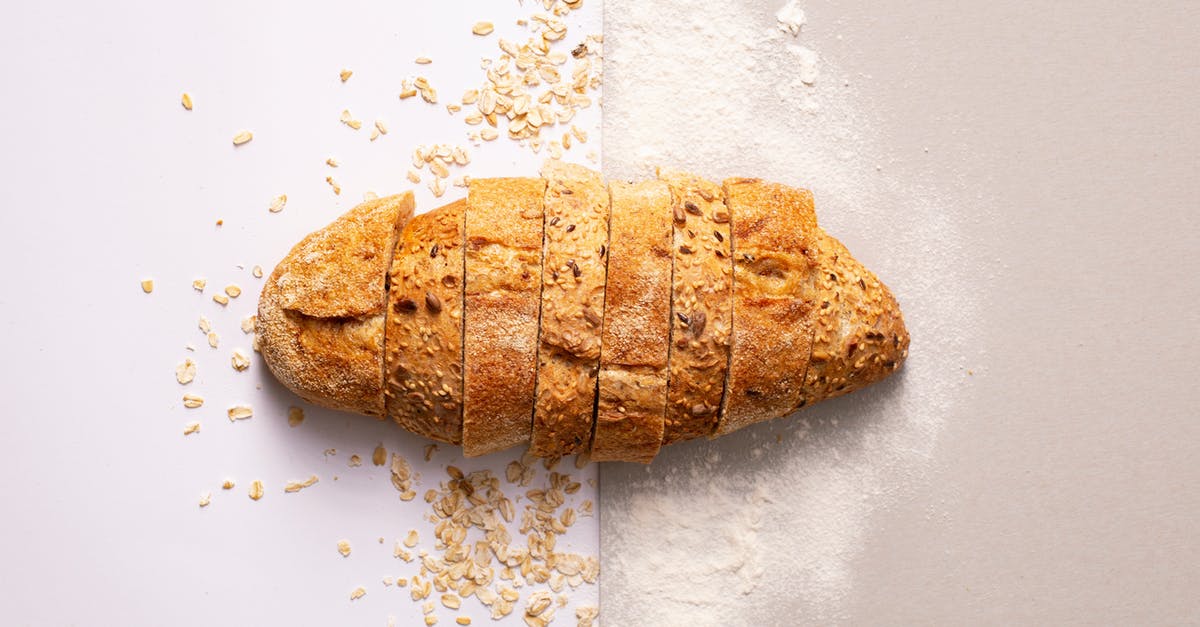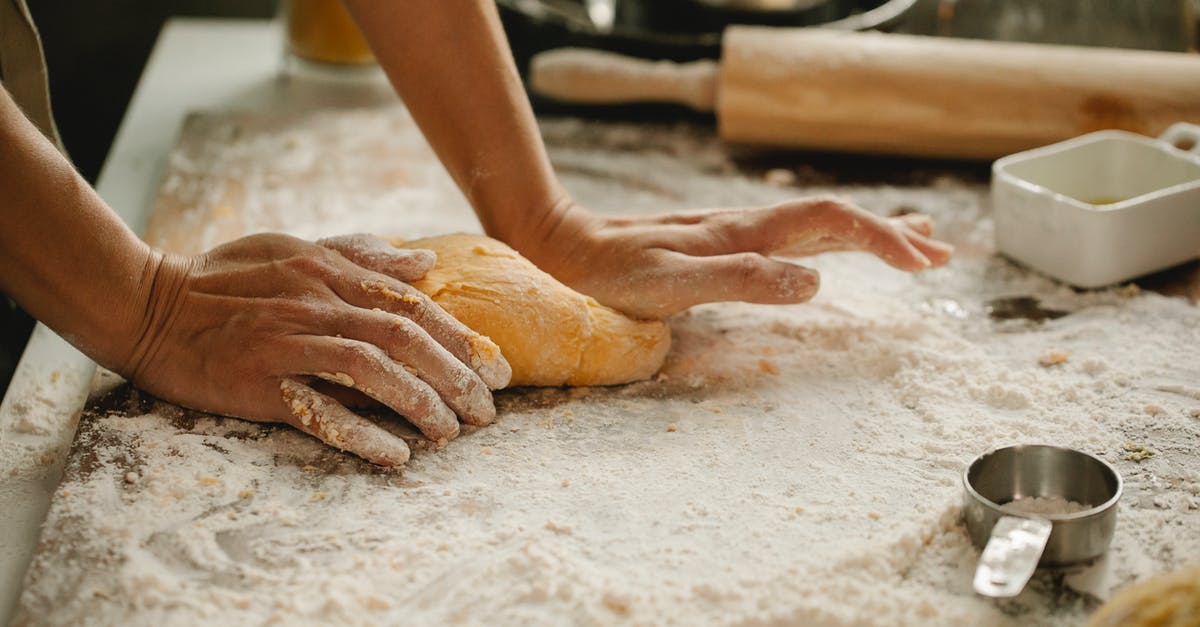Where can I find a recipe for less-dense coconut bread?

I was looking for a recipe for coconut flour bread. I found several like this Amazing Paleo recipe. However, all of them are rather flat and seem very dense. I found another site that sells coconut flour bread that looks more like what I'd want. It seems they added baking soda and apple cider vinegar to get the volume (the air bubbles) like you would with yeast.
Is there a recipe for coconut flour bread that's more similar to traditional sandwich bread?
Best Answer
It is quite easy to find the ingredients of the bread from the picture you posted. They are:
Purified Water, Organic Coconut Flour, Egg Whites, Psyllium, Organic Apple Cider Vinegar, Baking Soda.
J.A.I.L.'s answer already explains part of what makes bread texture what it is: you need raw proteins which form a flexible 3-d mesh to trap the air when they set during baking. You also need a thickener combined with water which makes the whole thing soft instead of rubbery. In wheat bread, the proteins are called gluten (actually a mixture of two different types of protein, both coming from the wheat), and the thickener is starch (also coming from the wheat). In the bread you posted, the protein is the egg white, and the thickener is the psyllum mucilage. Coconut flour doesn't even come into play; it consists mostly of fat and some fiber, but the fiber is not of the rare thickening kind (as opposed to psyllum fiber). It contains nothing helpful for the bread structure, so they obviously use it as a filler. Of course, it will provide you a pleasant mouthfeel, aroma and lots of calories; it just won't give you a bread-like structure.
Conclusion: Trying to build a bread recipe around any nut flour is totally wrong. You have to search for a recipe which has the right balance of protein source, thickening agent and leavening agent. Once you have found it, you can substitute your favorite nut flour (or some other food item) as a filler. By the way, making such recipes from scratch is very hard, because you need not only the combination of ingredients (in this example, it is easily found), but also the correct ratio, and the correct timing for mixing and baking; these artificially-constructed combinations are nowhere as forgiving as wheat doughs when it comes to leavening. I would suggest looking for existing recipes. Sadly, it would be off-topic to give you one here, even if I had one, but I can give you a tip for your search: stay away from the ones which don't have all three things: leavening agent, protein and thickener.
Probable protein sources are: eggs, vital wheat gluten, possibly extracted soy protein (if you can get a source for its raw form). Probable thickeners are: anything described in this e-book. As for leavening mechanisms, the Wikipedia article should give you enough pointers. If you find a recipe which has one of each, it is likely to end up puffy. I must warn you that alternative thickeners have a mouthfeel which is very different from starch, so most breads made from such recipes will probably be much less soft/cottony than white wheat bread, and some of them might have a slightly rubbery or gooey feel. But the good ones will have a decent approximation of bread texture.
Pictures about "Where can I find a recipe for less-dense coconut bread?"



What ingredient makes bread less dense?
Bread flour contains a higher percentage of gluten than regular all-purpose flour. Using bread flour will produce taller, less dense loaves. If you use all-purpose flour (which has smaller percentage of gluten than bread flour), your loaves will be flatter and denser.How can I make my bread less dense and lighter?
How can I make my bread less dense and more airy?
If you want a lighter fluffier bread loaf just add 2 Tbsp of dry milk to the flour per loaf of your bread. Vinegar has a very similar effect to the dough as the ascorbic acid. It helps hold the dough together and strengthens the bubbles so they won't pop.What makes bread fluffy vs dense?
The longer the yeast is allowed to work, the more gas is created which helps to create air bubbles in the loaves- the same air bubbles that make it airy and fluffy.You can prepare the dough in 5 minutes! The easiest \u0026 softest coconut bread recipe
More answers regarding where can I find a recipe for less-dense coconut bread?
Answer 2
Coconut flour has no gluten and (almost) no starches. Those two are the ones that "catch" the gas bubbles in traditional wheat or rye breads.
If your coconut bread has some alveoli is because the bubbles created by the acid+base reaction (vinegar+soda) need some time to escape from the dough, as it has a thick consistency. They are trapped in the dough as it gets baked before they can escape.
To get a consistency more similar to "normal" bread you can use the tricks gluten free bread bakers use. Search for gluten free bread recipes and you'll find they add ingredients to grab the air bubbles, such as pectin, starches+, agar agar, guar gum, ... among others. That way they can even user yeasts as a leavening agent.
+ Maybe you are using coconut flour because you are avoiding starches. There are many gluten free recipes that don't use them.
Sources: Stack Exchange - This article follows the attribution requirements of Stack Exchange and is licensed under CC BY-SA 3.0.
Images: Maria Orlova, Piotr Arnoldes, Mariana Kurnyk, Klaus Nielsen
